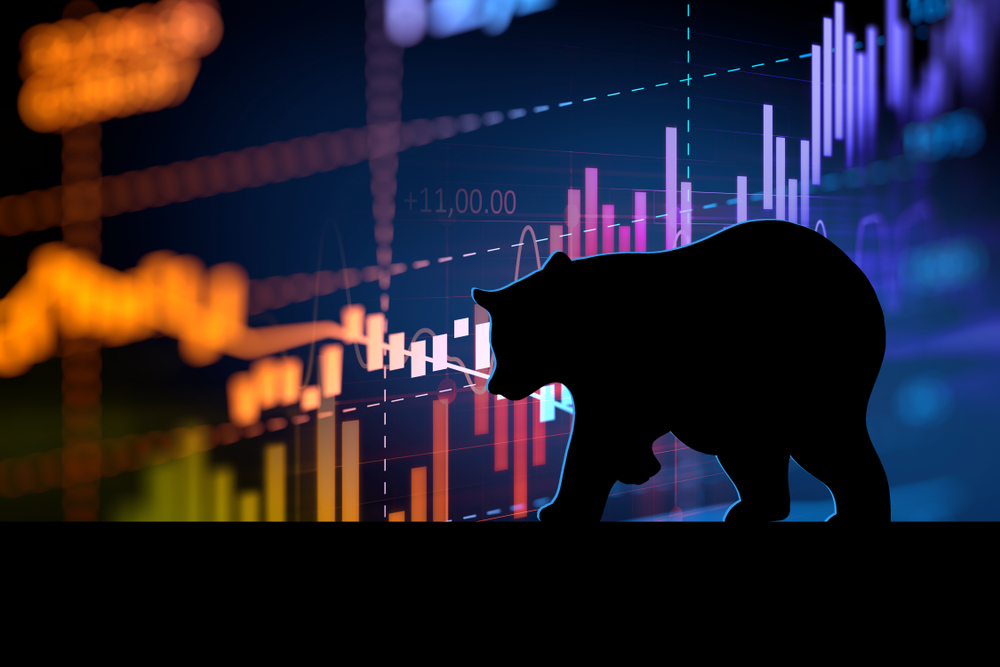It’s hard to think about the lows when the highs have been so high lately for the U.S. stock market, but sometimes its good to put things in perspective and remember that the “dreaded” bear market is looming.
But it’s not all bad — seriously. The last downturn in the market happened in 2009, and after recovering it entered a record-long bull market that has lasted for more than 10 years.
Here are 10 things Hartford Funds reminds all investors to remember about a downward trend in the market:
1. Watch for 20%
Market cycles are measured from peak to trough, so a stock index officially reaches bear territory when the closing price drops at least 20% from its most recent high. A new bull market begins when the closing price gains 20% from its low.
2. Stocks lose 36% on average in a bear market
By contrast, stocks gain more than 108% on average during a bull market.
3. Bear markets are normal
There have been 25 bear markets in the S&P 500 index in the last 90 years. However, there have also been 26 bull markets — and stocks have risen over the long term.
4. Bear markets tend to be short-lived
The average length of a bear market is 299 days, or about 10 months. That’s significantly shorter than the average length of a bull market, which is 989 days or 2.7 years.
5. Every 3.6 years
That’s the long-term average frequency between bear markets. The longest the market has gone without a bear market was from December 1987 until the dot-com crash in March 2000.
6. Bear markets have been less frequent since World War II
Between 1928 and 1945 there were 12 bear markets, or one about every 1.4 years. In the 73 years since the war ended, there have been 13 — one about every 5.6 years.
7. Nearly half (48%) of the S&P 500 Index’s strongest days occurred during a bear market
Another 28% of the market’s best days took place in the first two months of a bull market — before it was clear a bull market had begun. In other words, the best way to weather a downturn could be to stay invested since it’s difficult to time the market’s recovery.
8. A bear market doesn’t necessarily indicate an economic recession
There have been 25 bear markets since 1929, but only 14 recessions during that time.4 Bear markets often go hand in hand with a slowing economy, but a declining market doesn’t necessarily mean a recession is looming.
9. Assuming a 50-year investment horizon, you can expect to live through about 14 bear markets, give or take
Although it can be difficult to watch your portfolio dip with the market, it’s important to keep in mind that downturns have always been a temporary part of the process.
10. Bear markets can be painful, but overall, markets are positive a majority of the time
Of the last 90 years of market history, bear markets have comprised only about 20 of those years. Put another way, stocks have been on the rise 77% of the time.




